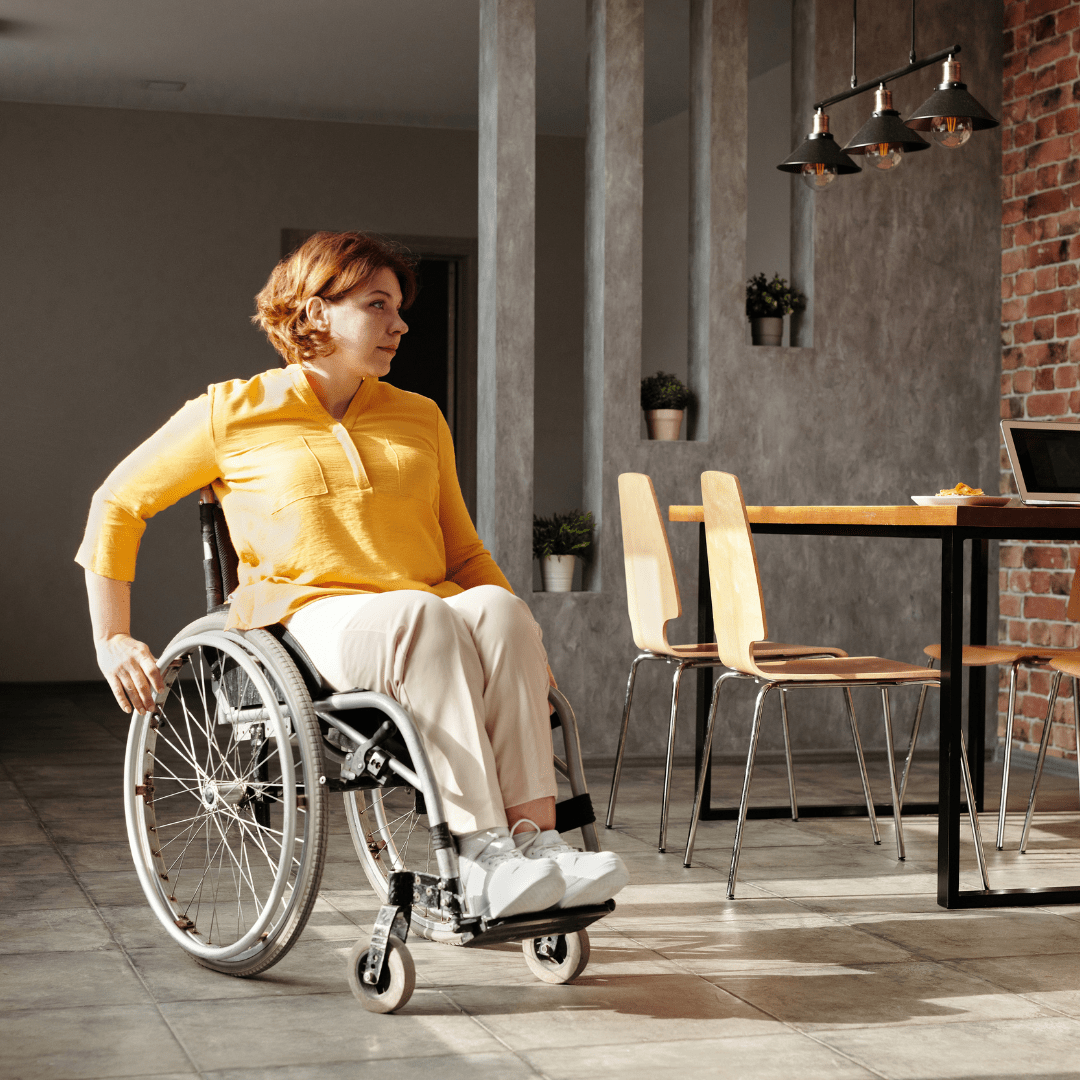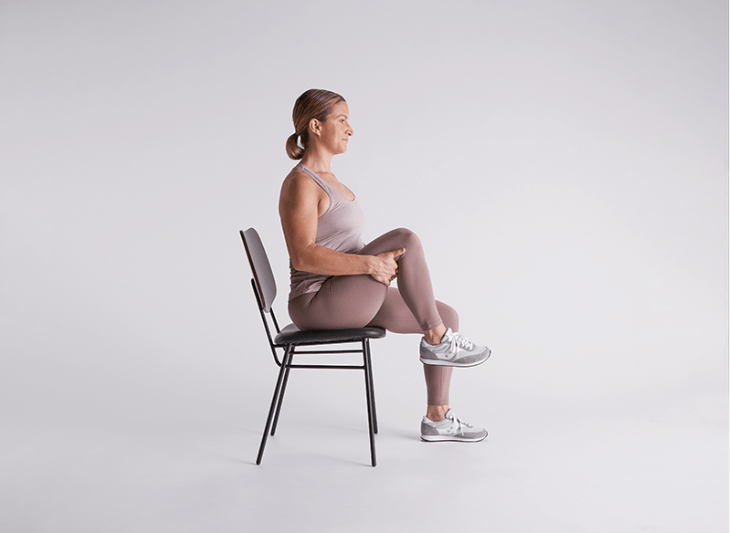Unstageable Pressure Ulcers: Causes and Treatment
For people who sit for long hours, you may have heard the termunstageable pressure ulcer. But what exactly does this mean, and how can we treat it? Let’s break it down in simple terms.
What Is an Unstageable Pressure Ulcer?
An unstageable pressure ulcer is a wound that develops from long-lasting pressure on the skin. It often occurs in areas with bones close to the skin, like the hips, heels, or tailbone. The term "unstageable" means that the full depth of the ulcer or sore cannot be measured.
This is due to dead tissue covering it. This dead tissue can be eschar, which is a thick, black, or brown scab-like material. It can also be other debris.

These ulcers are serious and can lead to complications if they are not treated properly. People who use wheelchairs, are bed-bound, or suffer from limited mobility commonly experience this.
Understanding Pressure Sore Stages
Before diving into treatment, it’s helpful to know how pressure ulcers are typically categorized. Thepressure ulcer stages are as follows:

- Stage 1: Red or discolored skin that doesn't blanch (turn white) when pressed.
- Stage 2: A shallow open sore with pink or red tissue visible.
- Stage 3: A deeper wound that may extend into the fat beneath the skin.
- Stage 4: The most severe stage, where the ulcer extends into muscle, bone, or supporting structures.
- Unstageable: The wound’s depth cannot be determined because it is covered by eschar or other debris.
Unstageable ulcers can be particularly dangerous because they can quickly progress without proper care, leading to serious complications.
How to Treat Unstageable Pressure Ulcers
Treating unstageable pressure ulcers requires attention and a comprehensive approach. Here are some steps that can help:
- Pressure Relief:Using pressure relief seat cushions or wheelchair cushions for pressure relief can reduce the pressure on vulnerable areas. Cushions like alternating pressure wheelchair cushions are especially effective because they shift pressure regularly, preventing prolonged pressure buildup.
- Proper Wound Care:Consult a wound care specialist to clean and dress the wound properly. Keeping the area clean can prevent infection and support healing.
- Medication:If an infection is present, anti-bacterial drugs may be necessary. Always follow your healthcare provider's recommendations.
- Nutrition:Proper nutrition supports wound healing. A diet rich in protein, vitamins, and minerals can make a difference.
- Regular Movement:Shifting and lifting regularly (every two hours or as advised by a healthcare provider) can relieve pressure and support the healing process.
The Role of a Pressure Sore Cushion

A pressure sore cushion can be a game-changer for those at risk. These specialized cushions are designed to:
- Distribute weight evenly and reduce pressure on at-risk areas.
- Prevent the development of ulcers by ensuring that pressure isn't sustained in one area for too long.
- Support comfort and mobility for individuals using wheelchairs or sitting for extended periods.
When looking for the right cushion, consider features like alternating pressure, proper support, and ease of maintenance.
Can You Prevent Unstageable Pressure Ulcers?
Prevention is always better than treatment. Here are tips to reduce the risk of developing an unstageable pressure ulcer:
- Use Pressure Relief Tools: Tools like a pressure relief seat cushion or alternating pressure wheelchair cushion can prevent sustained pressure from causing skin breakdown.
- Stay Mobile: If possible, move or change positions frequently.
- Regular Skin Checks: Inspect your skin daily for redness, swelling, or breaks in the skin. Early detection can prevent small issues from turning into ulcers.
- Maintain Good Nutrition: Good nutrition supports skin repair and overall health.
Final Thoughts
An unstageable pressure ulcer can be serious, but with the right treatment and prevention strategies, recovery is possible. Using wheelchair cushions for pressure relief and ensuring proper wound care are effective ways to address and prevent pressure ulcers.
One great option to consider is the Ease Cushion. The Ease Cushion uses Horizontal Alternating Pressure Technology.
This helps relieve pressure and prevents sore spots. It also lowers the risk of pressure ulcers. While it’s an investment, its ability to improve comfort and support can save you from the risk of costly medical complications in the long run.

If you’re struggling with pressure sores or an unstageable pressure ulcer, consult a healthcare provider or wound care specialist to create a treatment plan based on your needs.
For more support, explore options like pressure ulcer cushions or contact specialists to find what works best for your needs.
Your comfort and health matter – take care of your skin, and it will take care of you.
















Dejar un comentario
Todos los comentarios se revisan antes de su publicación.
Este sitio está protegido por hCaptcha y se aplican la Política de privacidad de hCaptcha y los Términos del servicio.